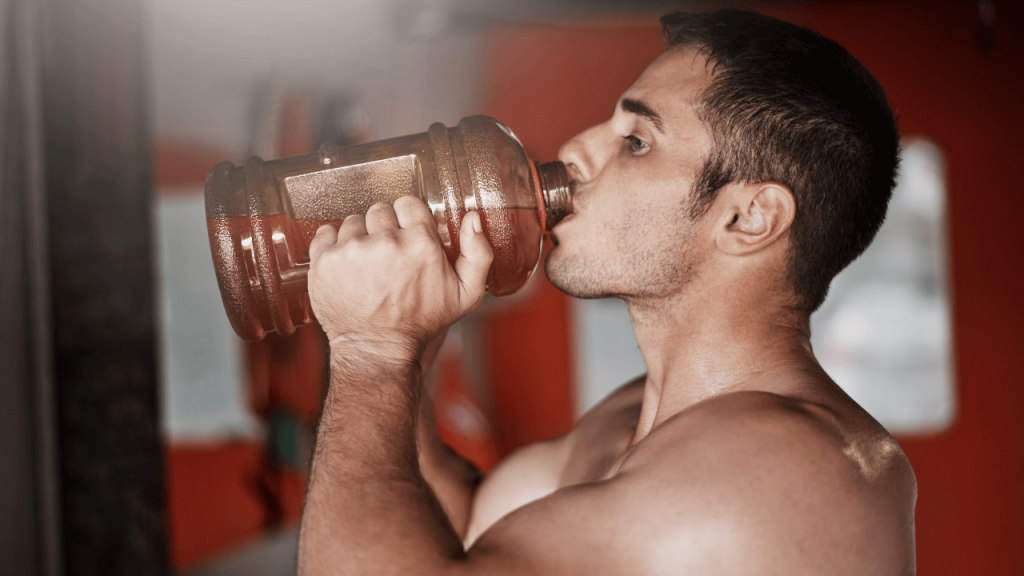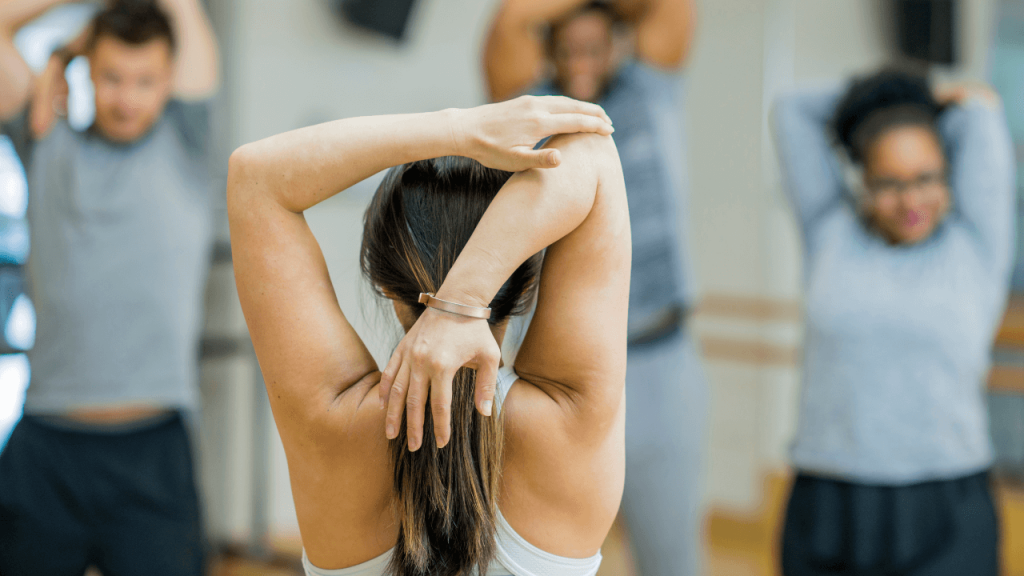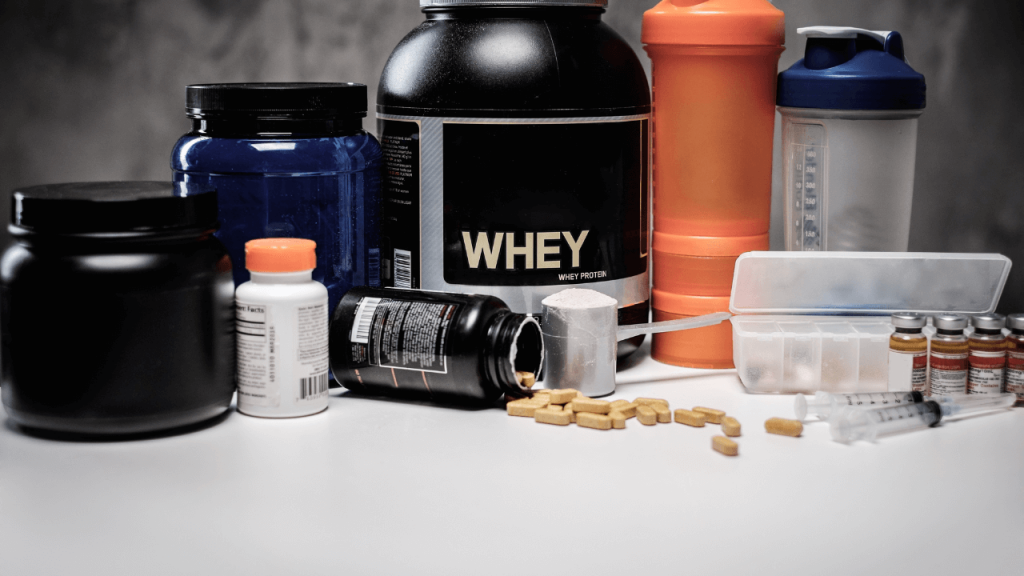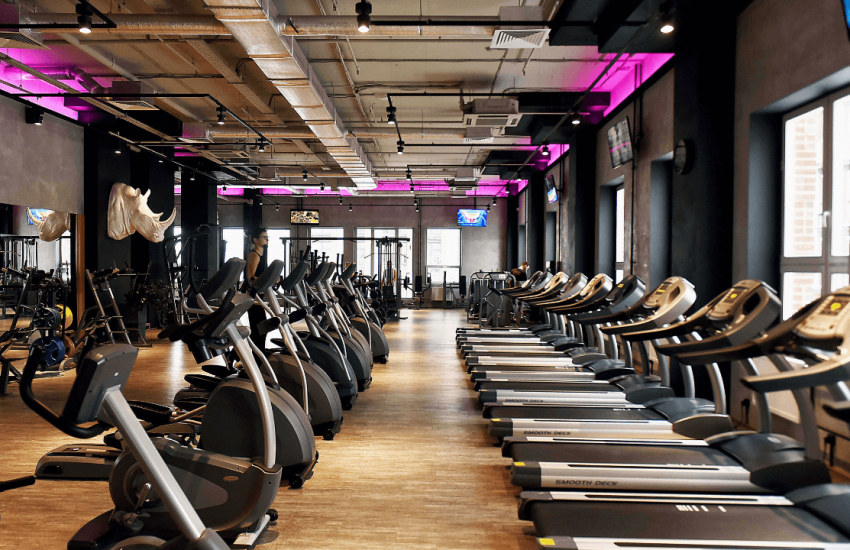What to do before working out
Are you ready to hit the gym or take on that outdoor workout? Knowing what to do before working out is the key to unlocking your full potential and ensuring a safe and effective exercise session.
Proper pre-workout preparation sets the stage for a successful fitness journey, enhancing your performance and minimizing the risk of injuries.
In this guide, we’ll walk you through the essential steps to take before starting your workout routine, helping you make the most out of your efforts.
Hydration and Nutrition: Fueling Your Body Right
Before you even think about hitting the gym or starting your outdoor run, make sure you’re properly hydrated. Hydration is the cornerstone of optimal performance, as even slight dehydration can lead to decreased energy levels, reduced endurance, and impaired cognitive function.
To prepare yourself for a workout, aim to drink water consistently throughout the day. Two to three hours before your workout, consume around 16-20 ounces (about 500-600 ml) of water. Additionally, sip on another 8-10 ounces (about 250-300 ml) of water about 15 minutes before you start exercising.
Remember that individual hydration needs may vary based on factors such as body size, activity level, and environmental conditions, so listen to your body’s signals.
Nutrition: Providing Your Body with Essential Fuel
Just as a car requires fuel to run smoothly, your body needs the right nutrients to perform at its best during a workout. Consuming the appropriate combination of nutrients before exercising can enhance your energy levels, support muscle function, and aid in recovery.
Opt for a balanced meal or snack that includes complex carbohydrates, lean proteins, and healthy fats. Complex carbohydrates, found in foods like whole grains, fruits, and vegetables, provide a sustained source of energy that can power you through your workout.
Lean proteins, such as chicken, turkey, tofu, or beans, help repair and build muscles. Healthy fats, like those in avocados, nuts, and seeds, contribute to overall energy and well-being.
Timing Matters: When to Eat Before Working Out
The timing of your pre-workout meal or snack is also crucial. Aim to eat a well-balanced meal about 1 to 3 hours before your workout. This timeframe allows your body to digest the food and convert it into usable energy without causing discomfort. If you’re eating closer to your workout time, opt for a smaller snack that is easily digestible.
Remember that every body is unique, so pay attention to how your body responds to different timing and types of foods. Some individuals may prefer a larger meal a few hours before working out, while others may feel better with a smaller snack right before.
Avoid Heavy Meals: Opt for Light Nutrition
As you prepare for your workout, paying attention to your pre-exercise nutrition is essential for ensuring optimal performance and preventing discomfort. One key guideline to keep in mind is avoiding heavy meals before your workout.
Opting for light, easily digestible nutrition can make a significant difference in how you feel during your exercise session. In this section, we’ll explore the importance of avoiding heavy meals and provide you with practical tips for choosing the right pre-workout snacks to fuel your body effectively.
The Impact of Heavy Meals
Consuming a heavy meal laden with complex carbohydrates, fats, and proteins shortly before your workout can lead to discomfort, sluggishness, and even digestive issues. The body requires energy to digest food, and a heavy meal can divert blood flow away from your muscles, impeding your ability to perform at your best.
The Ideal Pre-Workout Window
Timing is crucial when it comes to pre-workout nutrition. Aim to eat your last meal at least 1 to 3 hours before your workout.
This provides your body with enough time to digest and convert the nutrients into energy without causing discomfort during exercise. If you’re eating closer to your workout, opt for a lighter snack that’s easy on the stomach.
Light and Energizing Pre-Workout Snacks
Choosing the right pre-workout snack can give you the energy you need without weighing you down. Here are some light and energizing options:
Banana: A banana provides a quick source of carbohydrates and potassium, which helps prevent muscle cramps.
Greek Yogurt: High in protein and easy to digest, Greek yogurt offers a blend of nutrients that support muscle recovery.
Apple Slices with Nut Butter: The combination of carbohydrates from the apple and healthy fats from the nut butter provides sustained energy.
Rice Cake with Almond Butter: Similar to apple slices, rice cakes are a light carbohydrate source that pairs well with nut butter.
Oatmeal: A small bowl of oatmeal offers complex carbohydrates for sustained energy and fiber to keep you feeling full but not heavy.
Smoothie: Blend together fruits, a scoop of protein powder, and a liquid like almond milk for a refreshing, nutrient-packed option.
Dynamic Warm-up: Prep Your Muscles
Before you jump into your workout routine, it’s essential to engage in a dynamic warm-up session.
This pre-workout practice is designed to prepare your muscles, increase blood flow, improve flexibility, and enhance your overall performance.
In this section, we’ll dive into the importance of a dynamic warm-up and provide you with a guide to effectively warm up your muscles before hitting the gym or the track.
Understanding the Dynamic Warm-up
Gone are the days when static stretching was the go-to warm-up routine. Dynamic warm-ups have taken center stage in the fitness world for their ability to activate your muscles and joints in a way that mirrors the movements you’ll be performing during your workout.
Unlike static stretches, which involve holding a single position, dynamic warm-ups involve continuous, controlled movements that gradually increase your heart rate and body temperature.
Benefits of a Dynamic Warm-up
Dynamic warm-ups offer a range of benefits that can significantly enhance your workout experience:
Improved Blood Flow: Engaging in dynamic movements gets your blood pumping, delivering oxygen and nutrients to your muscles, and improving their overall function.
Enhanced Flexibility: Dynamic warm-ups involve stretching your muscles in motion, leading to improved flexibility and range of motion.
Reduced Risk of Injury: By gradually warming up your muscles and joints, you decrease the risk of strains, sprains, and other injuries during your workout.
Increased Performance: A well-executed dynamic warm-up can lead to improved performance by priming your nervous system and activating the muscles you’ll be using.
Effective Dynamic Warm-up Routine
Here’s a simple yet effective dynamic warm-up routine to try before your next workout:
Leg Swings: Hold onto a stable surface and swing one leg forward and backward like a pendulum. Repeat 10-15 swings on each leg. This warms up your hip joints and leg muscles.
Arm Circles: Stand with your arms extended to the sides. Make small circles with your arms, gradually increasing the size. After about 10 seconds, switch directions. This helps warm up your shoulder joints.
High Knees: March in place while lifting your knees towards your chest. Aim to reach waist height. Perform 20-30 reps on each leg. This movement gets your heart rate up and warms up your lower body.
Hip Rotations: Place your hands on your hips and rotate your hips in a circular motion. Perform 10 rotations in each direction. This movement helps loosen up your hip joints.
Walking Lunges: Take forward lunges while walking, focusing on a controlled motion. Perform 10 lunges on each leg. This warms up your leg muscles and improves flexibility.
Arm Swings: Extend your arms forward, parallel to the ground. Swing them backward and then forward in a controlled motion. Repeat for 20-30 seconds. This warms up your upper body and shoulders.
Incorporating Dynamic Warm-ups
To make the most of your dynamic warm-up routine, follow these tips:
- Tailor to Your Workout: Choose dynamic warm-up exercises that mimic the movements of your planned workout.
- Start Slowly: Begin with slower, smaller movements and gradually increase the range and speed as your muscles warm up.
- Stay Controlled: Focus on controlled motions rather than quick, jerky movements to prevent injury.
- Listen to Your Body: If any movement causes discomfort or pain, modify it or skip it altogether.
Supplement Consideration: To Supplement or Not to Supplement?
In the realm of fitness and wellness, the topic of supplements often takes center stage. The decision of whether to incorporate supplements into your regimen is a personal one and requires careful consideration.
In this section, we’ll explore the nuances of supplement usage, shedding light on the potential benefits and drawbacks, and helping you make an informed choice that aligns with your fitness goals.
Understanding Supplements
Before diving into the decision-making process, let’s clarify what supplements are. Fitness supplements encompass a wide range of products, from protein powders and pre-workout formulas to vitamins, minerals, and herbal extracts.
They are intended to complement your diet and provide nutrients that may be lacking due to dietary restrictions, preferences, or specific fitness goals.
To Supplement or Not to Supplement?
The question of whether to incorporate supplements into your routine is not a one-size-fits-all dilemma. Consider the following aspects to help guide your decision:
Assess Your Needs: First and foremost, evaluate your nutritional needs. Are there specific nutrients you’re not obtaining adequately from your diet? For example, vegetarians or vegans might consider supplements for vitamins like B12, which are primarily found in animal products.
Fitness Goals: Your fitness aspirations play a significant role. Athletes aiming to build muscle might find protein supplements helpful for meeting their elevated protein requirements. Endurance athletes might consider supplements that aid in recovery.
Whole Foods First: Remember that supplements should never replace a well-balanced diet. The majority of your nutrients should come from whole foods, which offer a complex array of vitamins, minerals, and antioxidants that supplements often can’t replicate.
Consult a Professional: Before incorporating any supplements, consult with a healthcare provider or registered dietitian. They can assess your individual needs, guide you toward evidence-based options, and ensure that supplements won’t interfere with any existing health conditions or medications.
Navigating the Supplement Market
If you decide to explore supplements, here are some guidelines to help you make informed choices:
Quality Matters: Look for supplements from reputable brands that adhere to quality standards and third-party testing. Quality assurance ensures that what’s on the label is truly what you’re getting.
Evidence-Based: Focus on supplements with substantial scientific research backing their claims. Avoid products that promise miraculous results without credible evidence.
Start Simple: If you’re new to supplements, start with basic options like multivitamins or protein powders. Gradually introduce other supplements if needed, rather than overwhelming yourself with an array of products.
Personalization: Remember that everyone’s needs are different. What works for one person may not be suitable for another. Experiment cautiously and pay attention to how your body responds.
Checking Health Conditions: Safety First
Before you embark on any fitness endeavor, it’s crucial to prioritize safety by checking your health conditions.
While the excitement of starting a new workout routine can be motivating, taking a moment to assess your health and consult with professionals ensures that your fitness journey is not only effective but also safe.
The Importance of Health Assessment
Your health status serves as the foundation of your fitness journey. Whether you’re a seasoned athlete or just beginning your fitness pursuits, understanding your body’s strengths and limitations is essential to prevent potential risks and complications.
Consulting with Healthcare Professionals
Before you start a new workout routine, especially if you have pre-existing health conditions or concerns, consulting with healthcare professionals is a crucial step. Here are the key professionals you may want to reach out to:
Primary Care Physician: Your primary care doctor can provide a comprehensive assessment of your overall health, including any existing medical conditions that may impact your exercise capabilities.
Cardiologist: If you have heart-related concerns, consulting with a cardiologist can ensure that your exercise routine is safe for your cardiovascular health.
Orthopedist or Physical Therapist: If you have musculoskeletal issues or a history of injuries, an orthopedist or physical therapist can guide you on exercises that are suitable and safe for your condition.
Registered Dietitian: If you’re dealing with dietary restrictions, allergies, or specific nutritional needs, a registered dietitian can help you create a diet plan that supports your fitness goals.
Understanding Exercise Limitations
Health conditions may necessitate certain exercise modifications or limitations. For instance, individuals with joint issues might need low-impact exercises, while those with asthma should be mindful of their respiratory limitations during intense workouts.
By understanding these limitations, you can tailor your workout routine to ensure safety and effectiveness.
Listening to Your Body
As you progress in your fitness journey, continue to listen to your body. If you experience discomfort, pain, or unusual symptoms during or after your workouts, don’t ignore them. It’s always better to address concerns promptly rather than risk exacerbating an underlying health issue.
Adapting Your Workout Routine
Based on the guidance of healthcare professionals, adapt your workout routine to suit your health conditions. This might involve modifying exercise intensity, incorporating specific stretches, or focusing on exercises that strengthen areas of weakness.






